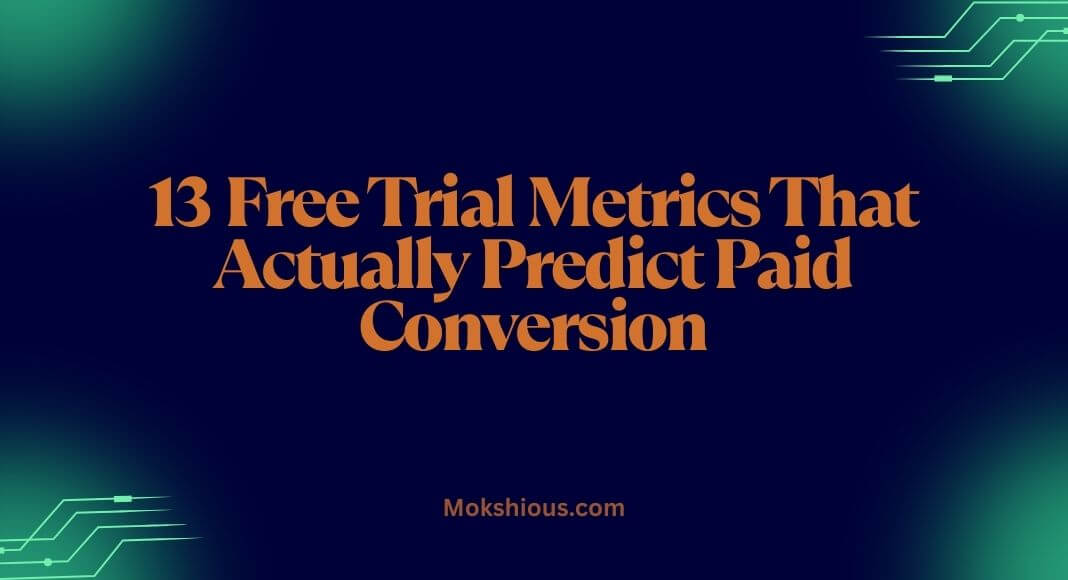You’ve got trial users signing up. Great. But which ones are going to pay? That’s the million-dollar question. Too many SaaS teams rely on surface-level metrics like logins, clicks, or session time and hope for the best. But not all engagement leads to conversion. What you really need is to track the right behaviors, the kind that consistently predict when a free trial user is ready to upgrade.
This post walks you through 13 metrics that go beyond the basics. These aren’t just numbers, as they’re signals. Signals of intent, value realization, and trial-to-paid momentum. Let’s dive in.
Understanding Free Trial Conversion Metrics in SaaS
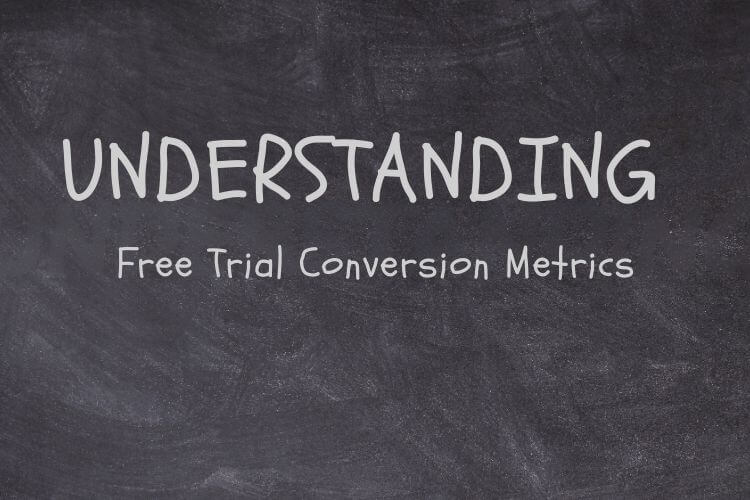
Why Traditional Metrics Fall Short
Not every trial session means value. Some trial users are just testing features, not exploring them with serious buying intent. Logins and clicks are fine, but what you want are metrics that predict upgrade behavior.
It’s time to stop tracking what’s easy and start tracking what matters. Conversion isn’t about total engagement, it’s about meaningful usage. That’s how you start improving your free trial conversion rate.
Key Concepts to Track
To understand trial conversion, you first need to know:
- Activation: When a trial user experiences real product value.
- Engagement: How often or deeply users interact, but this doesn’t always equal interest.
In a product-led growth (PLG) environment, your job is to find patterns. What behaviors separate paid SaaS users from casual free trial users? What actions actually lead to a higher trial-to-paid conversion rate?
13 Predictive Pay Metrics Every SaaS Should Track

User Activation Milestones
“Aha Moment” Completion Rate
Your aha moment is the product’s first real payoff. It’s what convinces the user to stick around.
Take Slack. They discovered that trial users who sent 2,000 messages were way more likely to convert. For your SaaS business, this might be launching a campaign, inviting a team member, or completing a setup wizard.
Feature Adoption Speed
Trial users who explore key features within the first 24–48 hours are much more likely to convert. Fast discovery = strong interest.
Zoom noticed that trial users who scheduled meetings in the first 48 hours had a significantly higher conversion rate.
Behavioral Indicators

Return Login Frequency
If someone logs in just once, they’re testing. If they log in five times in the first week, they’re investing.
Track login velocity. Free trial users with high frequency tend to have higher free trial conversion rates.
Session Length and Consistency
Short bursts of activity aren’t meaningful. What you want are steady sessions over time. Trello users with consistent logins and longer average session lengths are far more likely to pay.
Micro-conversion Signals
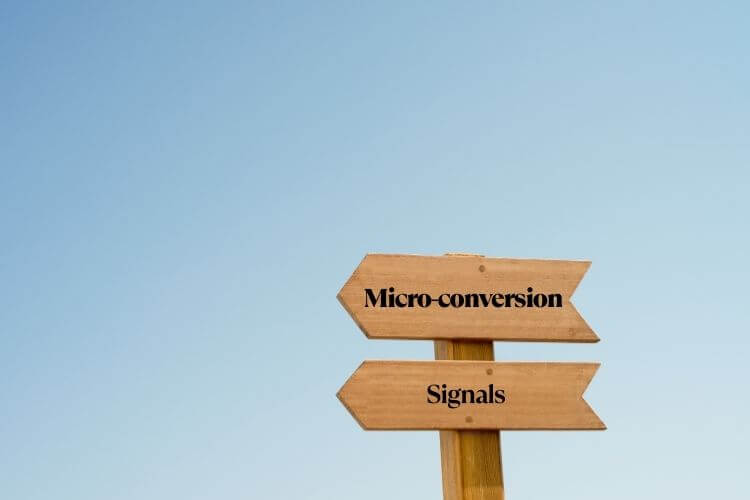
Data Export or Integration Actions
Actions like exporting data or connecting third-party apps (CRMs, calendars, analytics tools) show clear upgrade intent.
Early CRM integrations (like HubSpot + Salesforce) are strong conversion indicators.
Support Interactions
Users who ask for help aren’t frustrated; they’re invested. Zendesk saw a 35% boost in trial-to-paid conversion among users who submitted tickets.
Engagement Metrics Correlated With Sales

Collaborative Actions
Trial users who invite others or create shared workspaces are more likely to convert. This is common in tools like Figma and Notion. Collaboration = value = free-to-paid conversion rate boost.
Advanced Feature Usage
Trial users who tinker with pro features are more than curious; they’re qualifying your product.
Mailchimp reported that users who explored automation features had a 2.5x higher conversion rate.
SaaS Free Trial Usage Patterns

Pattern Recognition in Usage
Use cohort analysis to spot repeatable patterns. Maybe the users who convert all:
- Complete setup within 2 days
- Invite teammates
- Schedule at least one task
Use tools like Amplitude or Mixpanel to surface those behaviors.
Opt-out vs. Opt-in Free Trial Models
Opt-out trials often lead to higher conversion rates, especially when paired with solid onboarding.
Netflix’s opt-out model led to a 4% lift in a free trial to paid conversion because users needed to cancel if they didn’t want to continue.
Conversion Rates by Free Trial User Length
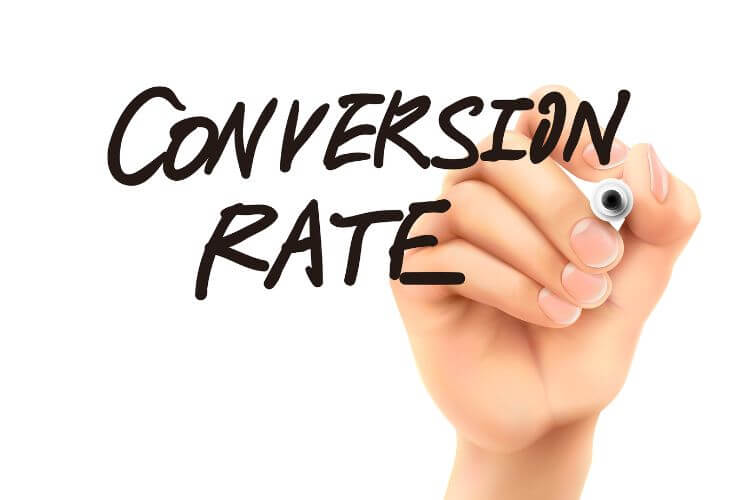
Short vs. Long Trials
Short trials (7 days) create urgency. Long trials (30 days) give users time to engage.
Adobe ran tests across its Creative Cloud suite and found that trial length impacts different user segments differently. Know your product complexity.
Trial Extension Requests
If someone asks for more time, they’re probably close to paying. Salesforce data showed that 40% of users who requested extensions upgraded within two weeks.
Analytics Tracking & Onboarding Event Tracking
Setting Up Effective Analytics
You can’t improve what you don’t track. Set up custom tracking for:
- Activation events
- Onboarding flows
- Advanced feature triggers
- Support queries
- Integration events
Checklist:
- Did the trial user finish onboarding?
- Did they hit a milestone?
- Did they invite others?
- Did they reach out to support?
These metrics help you score users for intent and guide your trial conversion strategy.
Trends Shaping the Future of SaaS Business: Free Trial to Paid Optimization
Predictive AI Scoring
AI tools are now helping PLG teams auto-score trial users in real time. By analyzing thousands of behavioral signals across cohorts, AI-driven platforms can alert your sales team when a user matches historical upgrade patterns.
Example: Companies using tools like MadKudu or Pocus are assigning lead scores based on usage data, not form fills. That’s the future.
Event-Based Nurture Flows
Modern onboarding isn’t one-size-fits-all. Instead of static email drips, SaaS teams are moving to behavior-triggered nurture sequences. Think:
- A user integrates Slack → gets a targeted case study
- A user invites 3 teammates → receives a collaboration-focused webinar invite
This keeps onboarding relevant and timely, boosting your free trial to paid conversion.
Onboarding as a Monetization Lever
More companies are realizing that onboarding is not just a setup phase; it’s a revenue driver. Teams are investing in:
- In-app tours powered by tools like Appcues or Userpilot
- Embedded video walkthroughs with Loom or Intercom
- Onboarding CS teams focused on trial conversion alone
The faster users see the value, the higher your free trial conversion rate.
Personalized free trial to paid conversion experiences
Imagine this: a marketer signs up and sees different onboarding flows, feature prompts, and pricing plans than an engineer. That’s personalization at the trial level, and it’s being powered by tools like Mutiny and Clearbit.
By matching user intent with tailored onboarding, teams are seeing 20-40% improvements in trial-to-paid conversion rates.
Revenue Intelligence in the PLG Funnel
SaaS companies are bringing sales and marketing intelligence tools deeper into the trial funnel. Platforms like Gong or Clari are being used to:
- Monitor user interactions
- Forecast likely upgrades
- Guide reps with conversation insights
It’s no longer just about who logs in. It’s about who’s on the path to pay and who needs a nudge.
Emerging and Advanced Converting Free Trial Users Metrics
As the SaaS world matures, so do the tools and signals available to track and predict free trial conversion. Here are some advanced metrics that growth-focused SaaS teams are starting to adopt:
Time to First Value (TTFV)
This tracks how long it takes a trial user to reach their first moment of product value. A shorter TTFV often correlates with a higher conversion rate. Many teams now optimize onboarding purely to reduce this number.
Friction Points Encountered
Using session replay tools or funnel analysis, you can identify where users struggle. Tracking the number and severity of friction points (e.g., form abandonment, failed integrations) helps forecast churn before it happens.
Intent-Enriched Lead Scoring
Modern CRMs now let you build dynamic scoring models based on real usage. For example:
- +10 points for API integration
- +15 points for feature X usage
- -10 points for inactivity over 3 days
This helps prioritize outreach to high-intent free trial users while allowing lower-intent leads to self-nurture.
Email & Notification Engagement During Trial
Are users opening onboarding emails? Clicking in-app nudges? Ignoring them? Engagement with your support and onboarding comms is a subtle but powerful predictor of trial-to-paid behavior.
Usage Depth + Breadth Index
Instead of just tracking logins, calculate a combined metric:
- Depth = how many times core features are used
- Breadth = how many different features are used
This usage fingerprint can predict high-converting user cohorts with more accuracy than traditional single-metric models.
Trial-to-PQL Velocity
How quickly does a free trial user become a Product Qualified Lead (PQL)? Time to PQL is an emerging KPI for product-led growth teams, it helps track both product efficacy and lead quality.
Tracking these advanced metrics gives you a clearer, more actionable picture of who’s just browsing and who’s ready to buy.
Real-world Examples: Saas Free Trial Conversion Rate
- Slack: Makes value obvious fast. Clear activation.
- Zoom: Fast onboarding, minimal friction, no credit card required.
- HubSpot: Personalized in-app guides and integration suggestions.
- Notion: Modular, choose-your-own-flow onboarding. Great for B2B SaaS teams.
These aren’t just great free trial models; they’re systems built to drive trial conversion rates.
Implementing metrics into your free-to-paid Conversion rate strategy
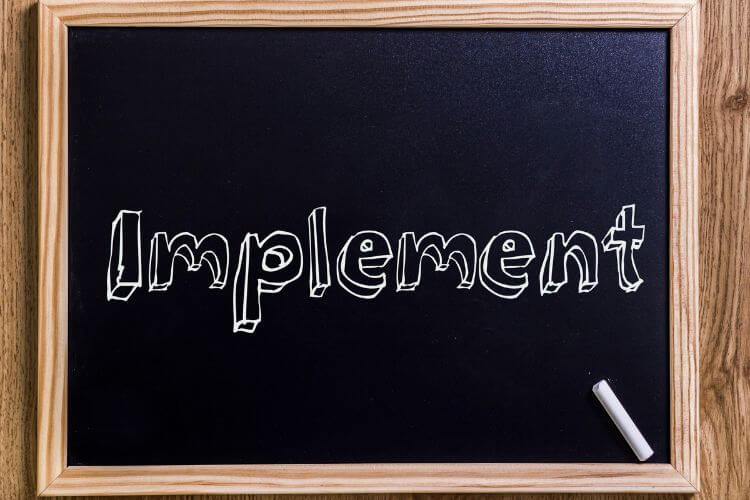
Prioritizing Sales Follow-ups
Send your reps to the right trial users. Users who trigger activation events or integrations are better leads than someone who just logs in twice.
Workflow:
- User hits milestone → Score increases → CRM alert → Rep follows up
Personalizing Onboarding
Every trial user is different. Serve custom onboarding based on behavior:
- Integration user? Send setup tips.
- Power-user? Prompt to explore advanced features.
- Stalled user? Offer help or guided tours.
Tailoring this boosts your conversion rate for SaaS free trials without increasing sales pressure.
FAQs: Free trial-to-paid conversion rate Metrics
1. What’s a good free trial conversion rate for SaaS?
It depends on your model, but a good free trial conversion rate typically falls between 15% and 30% for opt-in trials. Opt-out trials can convert higher, sometimes above 40%, but require a strong product onboarding to retain users after the billing kicks in.
2. How long should a SaaS free trial be?
There’s no universal rule, but short trials (7-14 days) create urgency and work well for simple products. Longer trials (21-30 days) may be better for complex, enterprise-focused SaaS. The right length is whatever gives the user enough time to reach their “aha moment.”
3. Should I require a credit card for the free trial?
Requiring a credit card upfront can filter in more qualified leads, but may reduce total sign-ups. No-credit-card trials attract more users, giving you more behavioral data to work with, but conversion rates may drop if onboarding isn’t tight.
4. How can I tell if a user is serious during a trial?
Look for behavior-based signals:
- Activation milestone completion
- Early feature adoption
- CRM or analytics integrations
- Team invites or collaborative activity
- Support tickets or engagement with documentation
These metrics are far more predictive than raw activity volume.
5. Which tools help track these trials for good conversion rate signals?
You can use tools like:
- Mixpanel, Heap, or Amplitude for user journey tracking
- Hotjar or FullStory for session replays and qualitative insights
- Segment to connect multiple tools and unify data
- HubSpot, Salesforce, or Pipedrive to automate sales follow-up workflows based on user signals
6. Should I show pricing during the trial?
Yes. Transparency builds trust. Most users want to know what they’re getting into. Showing pricing also helps you qualify leads earlier and lets your sales or nurture flows push value over price objections.
7. What if my trial users aren’t converting?
That’s a signal that something’s off. It could be:
- The activation point is unclear or too far into the trial
- Onboarding is confusing or missing key value steps
- Wrong-fit users are signing up
- The trial experience doesn’t mirror the paid product’s core value
Start by running cohort analyses to see where drop-offs happen, then test improvements at that stage.
Conclusion: Turn insight into impact influences saas free trial conversion
You don’t need more dashboards. You need the right conversion metrics that actually help you act.
These 13 trial metrics are more than just numbers; they’re stories. Stories of what users value. What they try. What they skip. And what they need to see before they decide to pay.
When you stop treating trial users like anonymous traffic and start seeing them as behavior-driven signals, you win. You convert more. You sell smarter. You grow faster. Your free trial model should empower the user to find value fast and empower your team to spot high-intent leads with confidence. If your product is ready and your trial is live, it’s time to make your data work as hard as your marketing.
